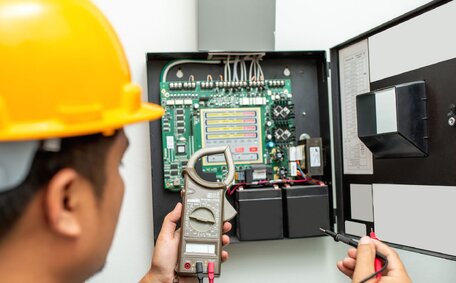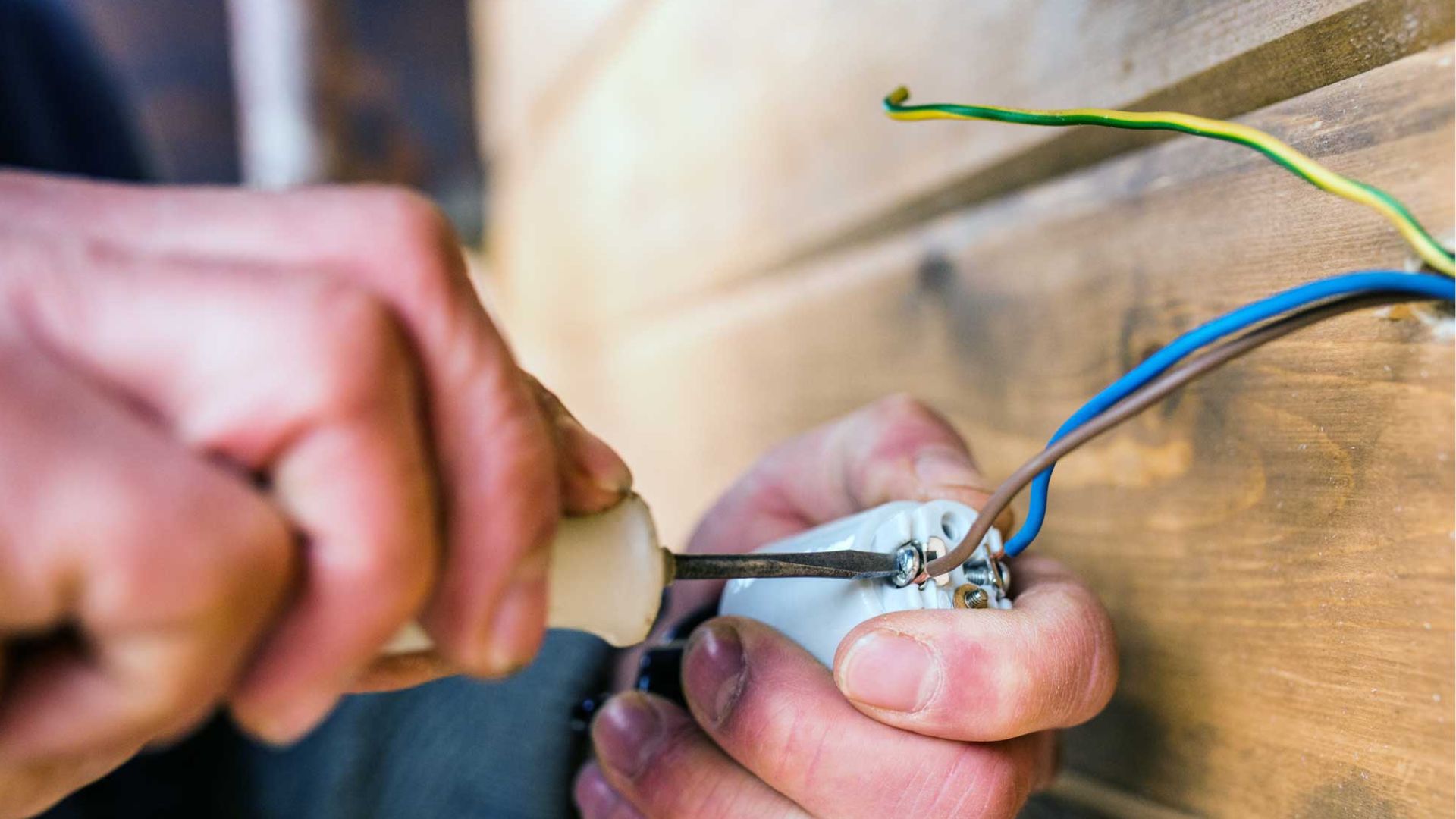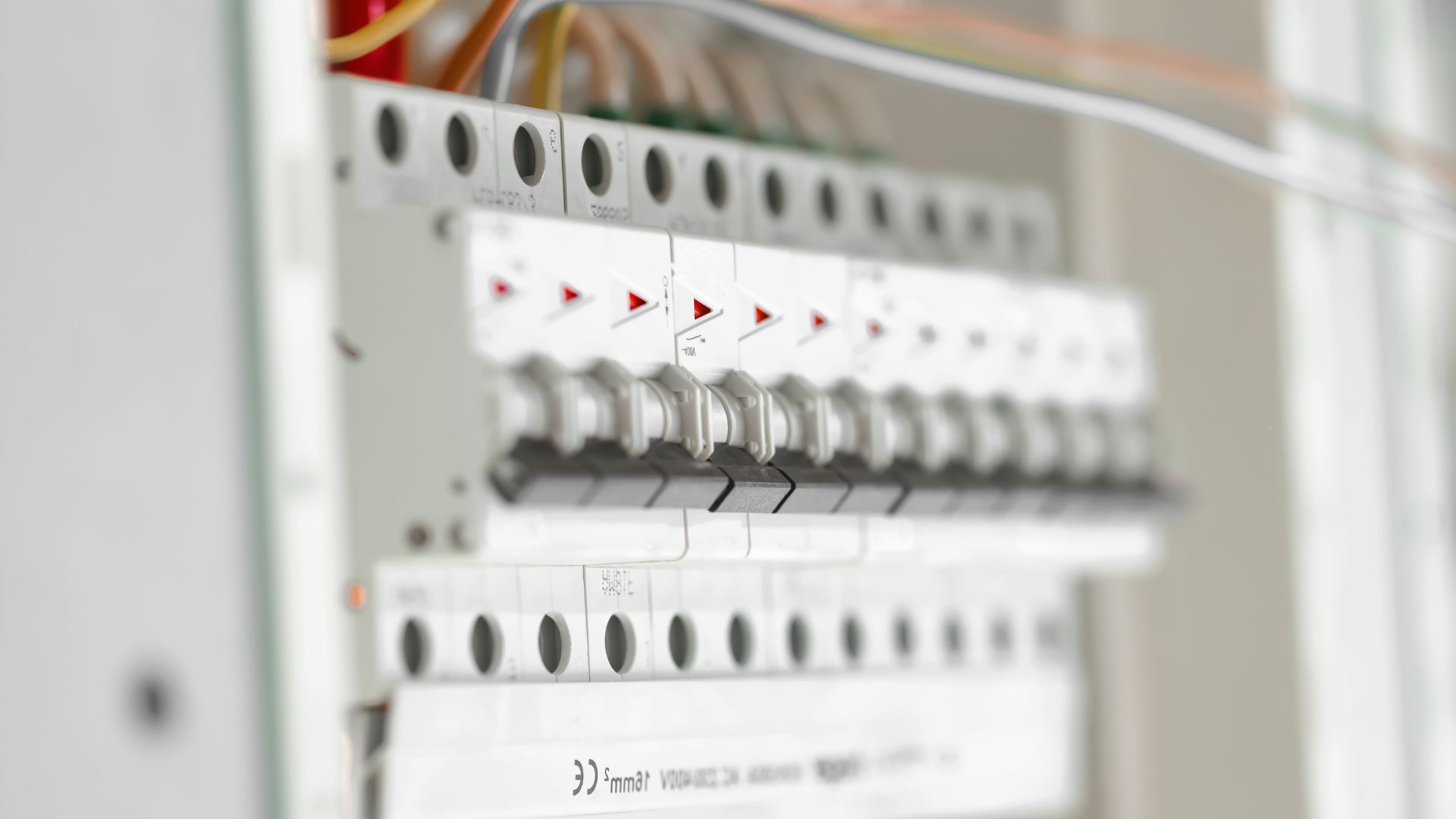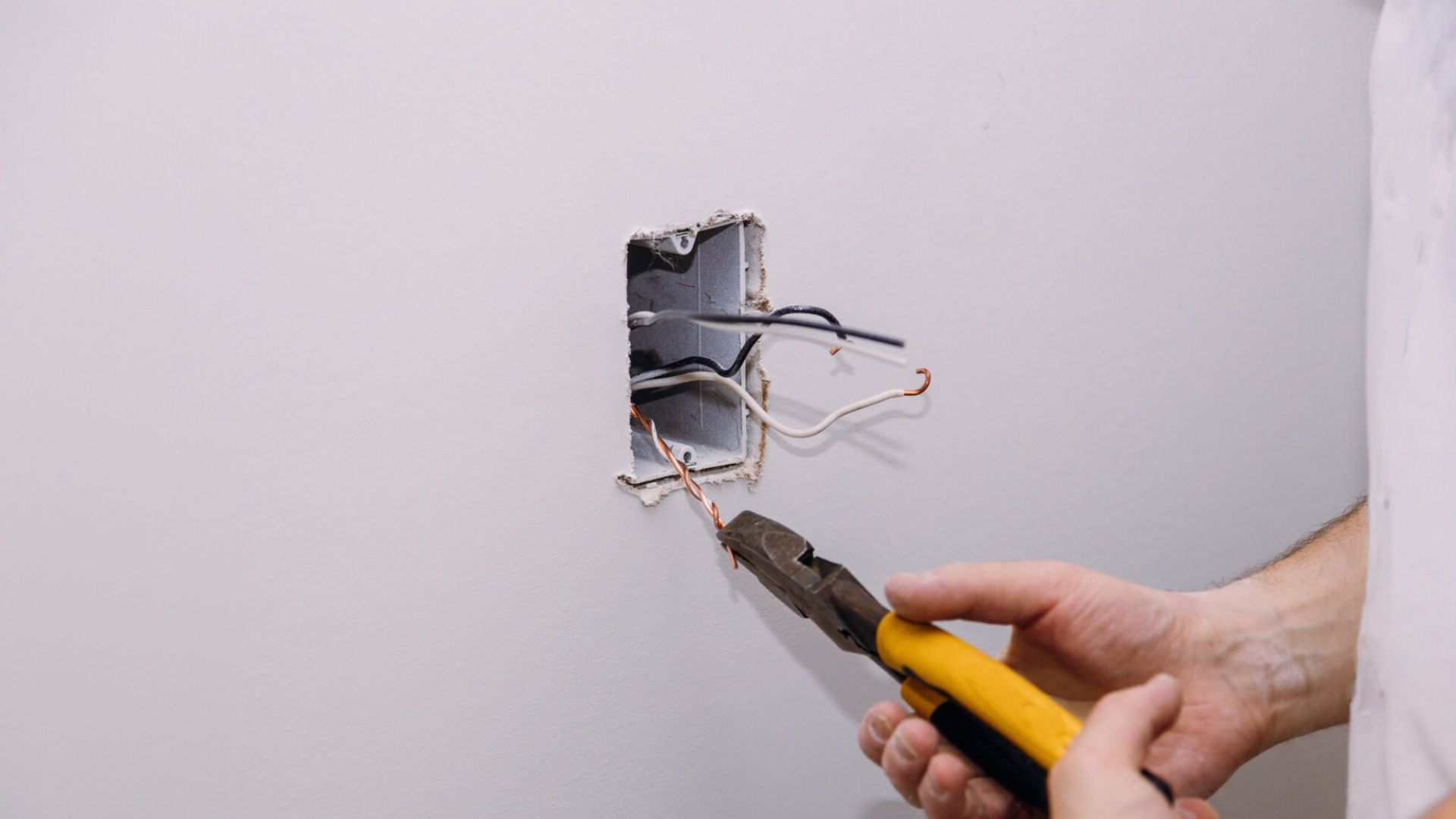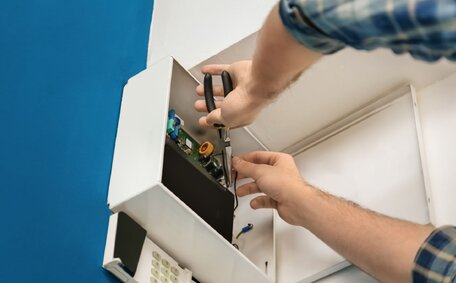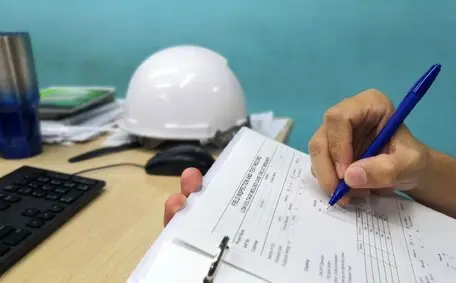Did you know faulty wiring accounts for over 40% of residential electrical fires in Australia each year? Regular maintenance checks help prevent issues before they become costly or dangerous. If you haven’t had your electrical systems looked at in a while, this guide walks you through exactly what to expect from a routine visit and why it’s so important.
Why Routine Electrical Maintenance Matters
![Testing For Electrical Maintenance Wiring Testing Electrical Maintenance Wiring]()
1. Safety Comes First
When it comes to your home’s electrical system, out of sight shouldn’t mean out of mind. Regular electrical maintenance is key to keeping everything running safely and efficiently. It helps prevent electrical failures like overloaded circuits, flickering lights, or unexpected equipment failures — the types of issues that can easily lead to electrical fires or electric shock.
2. Boosts Energy Efficiency and Equipment Lifespan
Keeping up with preventive maintenance tasks isn’t just about avoiding hazards. It also ensures your electrical equipment operates at peak performance, helping toreduce energy consumptionand extend equipment lifespan.
3. Reduces Long-Term Costs
A well-managed electrical maintenance program helps to cut down on maintenance costs and avoid costly repairs by catching issues early. It’s a smart move that saves you money in the long run.
4. Ensures Legal Compliance
For landlords and business owners, staying on top of periodic inspections is more than good practice — it’s often a legal requirement. Building codes in many Australian states mandate routine checks of electrical systems, protective devices, and overall electrical safety to ensure compliance and protect occupants.
What Happens Before the Visit
Before any electrical work kicks off, there’s a little bit of prep. It starts with scheduling a time that suits you, and confirming that the technician you’re dealing with is a licensed electrician. That alone ensures the work meets the strict standards set by Australian regulations.
You might be asked about recent renovations, new electrical devices, frequent breaker trips, or issues like flickering lights. This helps the electrician understand your specific needs and tailor the electrical preventive maintenance checklist accordingly.
Behind the scenes, the electrician is already getting ready. They’ll review your property’s history, check any past electrical inspection reports, and bring the right tools and protective gear based on the type of property.
They’ll also plan for common electrical maintenance tasks such as checking electrical panels, testing circuit breakers, or inspecting electrical outlets.
Choosing an experienced provider, ideally one with electrical and electronics engineers or electronics engineers on staff, makes all the difference.
Not only do they understand the ins and outs of electrical installation, but they’re also trained to spot subtle issues like loose connections or signs of early equipment failure.
Arrival and Initial Safety Assessment
Once your licensed electrician arrives, it all begins with a quick intro and a safety assessment. They’ll ensure the area is safe to work in and talk through any electrical issues you’ve noticed lately — things like electrical faults, electrical shock risks, or ongoing power supply unit problems.
They’ll then walk through your home with you to get a better picture of your electrical systems and any recent changes. This is a chance to highlight any concerns you’ve had—even if it’s just an outlet that feels a bit warm or a circuit that seems overloaded.
The electrician will also identify any immediate electrical hazards, such as faulty wiring or signs of an overloaded circuit. They’ll wear appropriate safety gear and use insulated tools, giving you confidence they’re serious about electrical safety and professionalism.
This first step sets the tone for the whole maintenance process. A good electrician won’t just rush in and start unscrewing things. They’ll listen, assess, and ensure your home or business is treated with care — all while following a clear electrical preventive maintenance plan.
Detailed Visual and Functional Inspection
This is where the real work begins. The electrician will conduct a comprehensive inspection of your electrical assets, including visual and functional assessments. They’ll check switchboards, electrical panels, lighting fixtures, and every accessible electrical outlet throughout the property.
![Electrical Switchboard Electrical Maintenance Electrical Switchboard Electrical Maintenance]()
They’ll also test safety switches, circuit breakers, ground fault circuit interrupter (GFCI) devices, smoke alarms, and other protective devices to ensure everything is functioning correctly. Any signs of heat damage, corrosion, overloaded circuit conditions, or exposed wiring are flagged straight away.
Outdoors isn’t forgotten either. The inspection covers outdoor lighting, shed power, and pool equipment, all parts of the broader electrical distribution systems that often go unchecked for years.
If your service includes it, they’ll also test major appliances and systems to assess their performance and safety. This helps uncover potential electrical hazards linked to wear and tear, age, or poor electrical connections.
As part of your electrical preventive maintenance checklist, the electrician will also identify electric equipment that may be nearing end-of-life, prone to electrical faults, or unnecessarily increasing your energy consumption.
These are the moments where you’ll truly appreciate proactive maintenance, fixing small things before they lead to major breakdowns or costly repairs.
Functional testing ensures that everything that should be working actually is. It’s also an opportunity to look at any areas where regular maintenance can improve reliability and reduce maintenance costs over time.
Electrical Testing with Diagnostic Tools
Beyond the visual checks, a lot of the magic lies in the tools. Using advanced diagnostic equipment like multimeters, circuit testers, and thermal imaging cameras, your electrician digs deeper into how your electrical system is actually performing.
These tools help test voltage stability, grounding integrity, and continuity throughout your electrical circuits. It’s a critical part of the preventive maintenance checklist that goes beyond surface-level inspections.
Issues like loose connections, unstable power supply units, or signs of overload are often invisible until it’s too late. Diagnostic testing helps catch those hidden problems before they turn into emergencies.
The best part? A good electrician won’t just rattle off technical jargon. They’ll explain the findings in plain English, so you know exactly what’s going on and what (if anything) needs fixing.
This detailed testing is essential for keeping everything from basic lighting to critical life support systems safe and functional. It’s not just about preventing equipment failure — it’s about making sure every part of your electrical installation works seamlessly and safely, day in and day out.
Repairs, Recommendations & Maintenance Report
If something needs fixing—and it’s safe to do so—your electrician will handle minor repairs on the spot. This includes repairing electrical equipment, such as replacing a broken outlet or tightening a loose wire inside the switchboard.
![Rewiring Electrical Maintenance Rewiring Electrical Maintenance]()
For bigger issues, they’ll provide clear recommendations. Whether it’s upgrading outdated electrical components, replacing circuit breakers, or adding safety switches, they’ll explain why it’s needed and what it involves. No pushy sales talk, just honest advice.
You’ll also receive a full maintenance report. This outlines what was inspected, what was found, and what the risk level is.
It forms part of your official electrical maintenance checklist and can be especially useful for landlords or business owners who need to document compliance and plan future maintenance tasks.
Finally, there’s time for questions. Electricians who care will always take a moment to explain preventive maintenance tasks you can do between visits, help with energy efficiency advice, or simply answer curiosities about how your home’s electrical system works.
It’s a collaborative approach that makes the maintenance process more transparent and empowering — you walk away not only safer but also better informed.
What You Can Do Between Visits
Between professional visits, there are still a few simple things you can do to keep your home’s electrical system in top shape.
1. Test Your Safety Switches Regularly
Give your safety switches a quick test every few months. It only takes a second and ensures they’ll trip when needed, helping to prevent electric shock and electrical fires.
2. Avoid Overloading Outlets
Don’t overload electrical outlets or stack too many devices on a single power board. This kind of stress can cause an overloaded circuit, which increases the risk of electrical failures and even electrical fires.
3. Keep Electric Equipment Dry and Ventilated
Moisture and poor ventilation are enemies of electrical safety. Make sure electric equipment — especially in kitchens, bathrooms, or garages — stays dry and well-ventilated to avoid corrosion or unexpected equipment failures.
4. Stick to a Regular Maintenance Schedule
Aim to schedule regular electrical maintenance once a year. If your electrical system is newer, every two years might be enough. Older homes or properties with complex electrical systems may need more frequent check-ups.
Keep Your Property Safe with Trusted Experts
When it comes to protecting your family or business, routine electrical maintenance is one of the smartest things you can invest in. Not only does it reduce the risk of electrical fires, shocks, and other hazards, it also prevents electrical failures and helps extend the life of your electrical assets.
At Bright Force Electrical, our team of licensed electricians and qualified electrical and electronics engineers know electrical systems inside and out. From electrical preventive maintenance to emergency repairs, we offer a comprehensive, transparent service across residential and commercial properties.
With every visit, we follow a tailored electrical preventive maintenance checklist and deliver practical advice to help you maintain an effective electrical maintenance plan long after we’ve left.
Ready to prevent costly repairs and stay compliant? Get in touch today with Bright Force Electrical for reliable, energy-efficient, and professional service that puts your safety first — every time.
